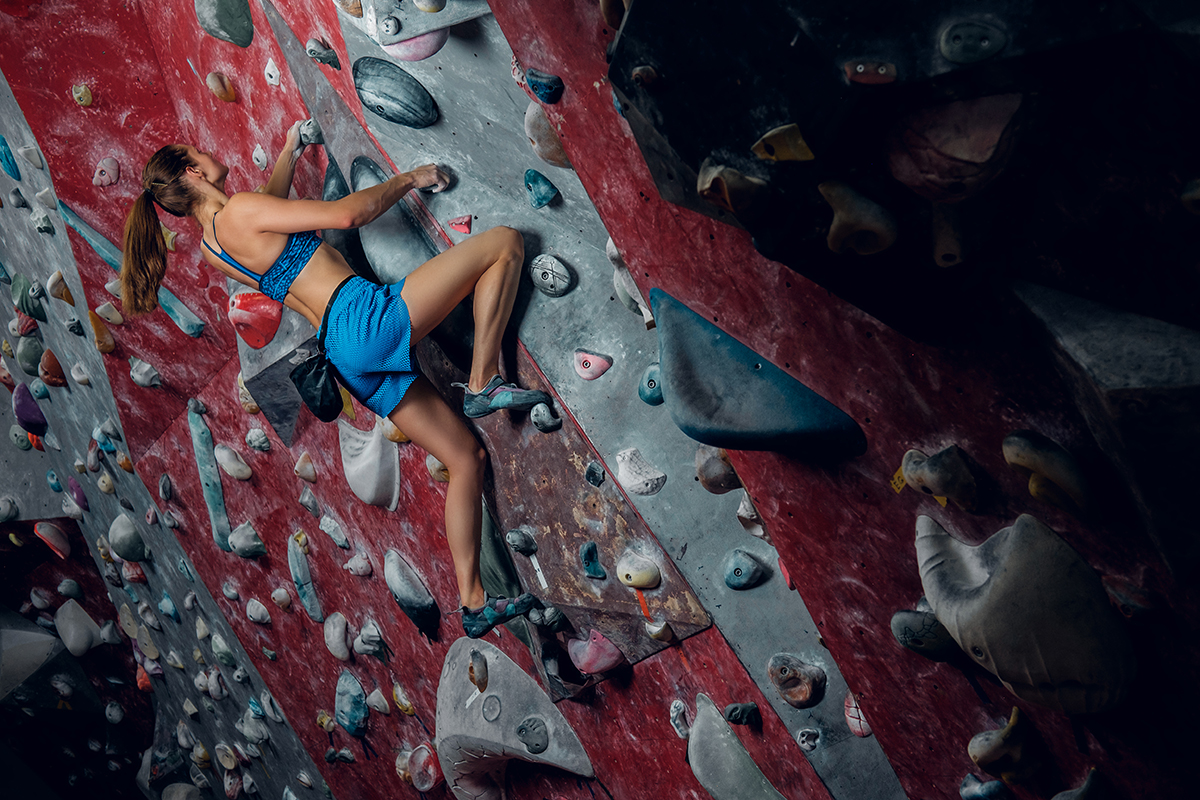3 Ways Women Are Shaping the Future of Climbing
It’s fascinating to realize that climbing has been a sport since before women had the right to vote in the United States. Women have been instrumental in shaping the sport’s development since its inception, and their impact continues to grow. The future of climbing, both as an indoor competitive sport and an outdoor adventure sport, is significantly influenced by the current landscape of female competitors. Here are four ways women today are shaping the future of climbing.
1. Women Are Dominating
Highly popular sports have nearly always been associated with dominant, phenomenal athletes; basketball has Lebron James and Michael Jordan, and football has Tom Brady and Jerry Rice. The popularity and fandom of a sport generally come on the heels of larger-than-life athletes who outperform, outscore, and completely dominate their competition consistently. It has become clear to anyone even moderately paying attention to women’s climbing that Janja Garnbret is the world’s most prolific, predominant female climber. Arguably, her fame became legendary during the 2019 World Cup season, when she won every event, sweeping all six World Bouldering Cups. While an entire article could be written on her successes alone, it is crucial to understand what a dominating figure does for the sport of climbing. Janja, in her accomplishments, is helping solidify the future of climbing as a popular, entertaining sport with an excited and populous fandom.
Janja’s fame generates interest and buzz around the sport, and her dominance also catalyzes all other athletes’ performance. Her achievements drive the intensity of competition and push the limits of what is thought possible in climbing. In this regard, climbing can be compared to the sport of running. For centuries, it was believed that running a mile in under four minutes was physically impossible until Roger Bannister shattered that barrier in 1954. His success inspired other athletes to achieve the seemingly impossible and break the four-minute barrier. Janja is the Roger Bannister of competitive climbing, showing how to achieve the previously thought impossible and paving the way for other athletes to follow her into greatness.
2. Women Are Ascending
First ascents (FAs) and high-grade sends have consistently seen more women ticking off said achievement. Isabelle Faus began an impressive FA streak in 2022, posting the first female ascent of Shadow Walker (V14/8B+), and following quickly in 2023 with The Grinch (V13/8B) and Spidey (V14/8B+), and in 2024 with Mirta (V14/8B+). Laura Rogora, focusing on ropes, posted ascents including Lapsus (9a+/5.15a) in 2023, and Goldrake (9a+/5.15a) and Trofeo dell’Adriatico (9a+/5.15a) in 2024. In 2024, Oraine Bertone completed Soudain Seul (V16/8C+), becoming the first woman to send this grade, which is only one grade below her male counterparts. These women are not just establishing themselves in climbing. They are setting new records and pushing the boundaries of what is possible in the sport, proving that climbing is not just a male-dominated field.
3. Women Are Closing The Gap
Despite climbing being historically a majority male space, the tide is turning. Women are increasingly joining climbing gyms, becoming commercial setters, and coaching competitively. In 2019, the ACC found that 42% of indoor climbers were female, a significant increase from previous years. While the data is not readily available, it is estimated that roughly 1 in 3 coaches and 1 in 5 setters are female. The sport is evolving as more women join gyms, climb, coach, and set. Climbing, already considered a collaborative and community-driven sport, is on the brink of a significant cultural shift. Female participation is set to change the gym’s culture, the coaching of athletes, and the climbs set for all to enjoy, inevitably shaping the future of climbing.




